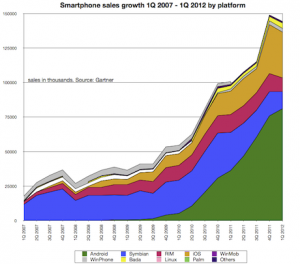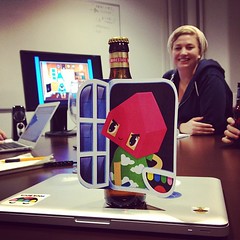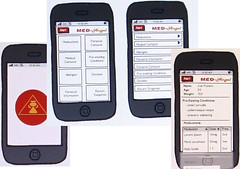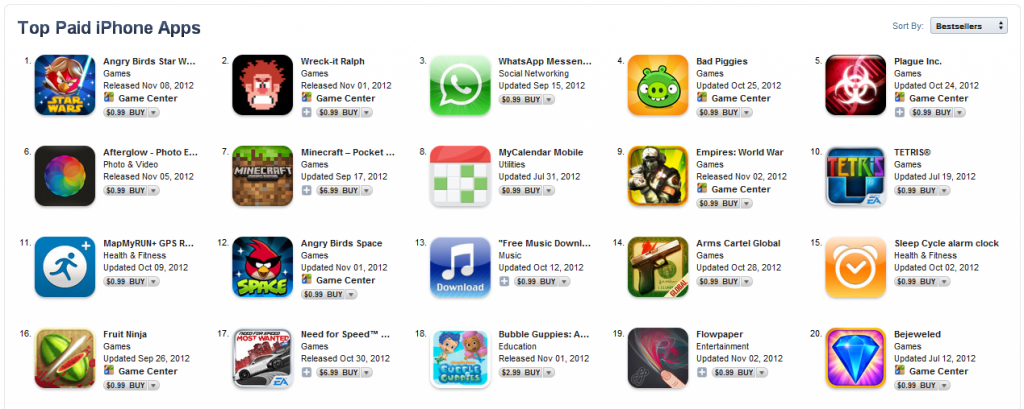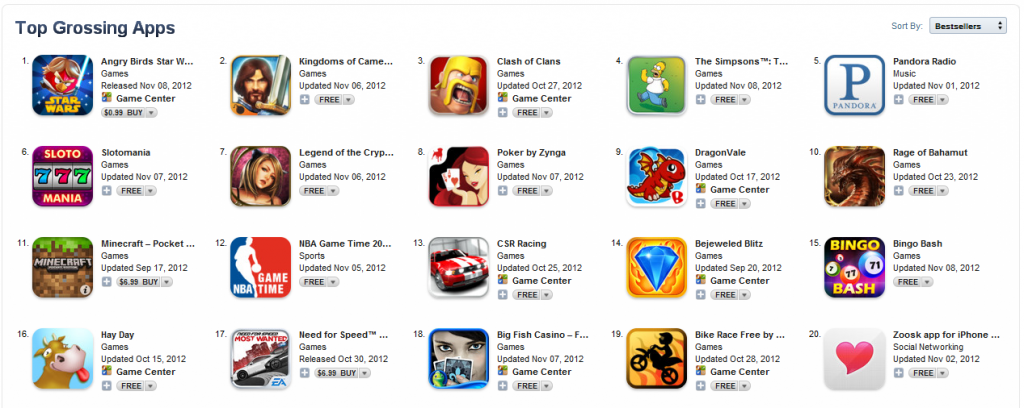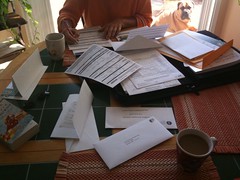
One benefit of being an entrepreneur is that you don’t have a boss telling you what to do. However a downside of being an entrepreneur is that you don’t have a boss telling you what to do. Which means you need to know what to do each day. Is what you are doing now the most important thing you could be doing for your business?
It is very easy these days to get overcome by meaningless distractions and come home at the end of day without having been very productive at all. There are tasks we know we should be doing but yet find hard to do. Maybe it’s cold calling clients. Or going to a networking meeting that you don’t feel like attending. Or perhaps just doing more reading in your field.
What steps can we take to increase our productivity by replacing bad habits with good ones?
Recognize the Pain versus Pleasure Factors
Every decision we make is governed by pain or pleasure. All the small decisions you make either move you towards pleasure, or move you away from pain. Your mind is constantly evaluating which factor is greater in order to make the best decision.
For example, if I place a cookie in front of you, you need to evaluate whether the pleasure of eating that cookie is greater than the pain of gaining weight from it. Overweight people obviously value the pleasure more than the pain.
What about smoking? Those who smoke value the pleasure of smoking greater than the pain of any health side effects.
By recognizing this decision process, you can evaluate how much weight you are giving to certain priorities, which should help you make better decisions.
Keep in mind also that what is pleasure to one person can be very different for someone else, so it is important to recognize what kinds of things motivate you to work harder. Some people are more motivated by moving away from pain than they are by pleasure. Some people work better under a lot of pressure, whereas others can’t compete in such situations.
Once you know which type of person you are, you’ll be better equipped to get things done!
Create Lists
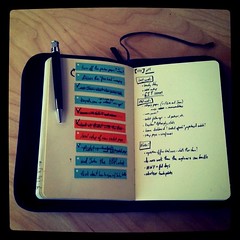
When it becomes to big projects that look overwhelming, you can make things a lot more manageable by breaking the project into small, manageable tasks. So take a 3 month project and figure out what needs to be done each month. Then break down those tasks further into weekly and daily tasks. Now the pressure of completing your daily tasks should be a lot less than trying to complete the entire project all at once.
Create Barriers for Bad Habits
Are there bad habits you have that are killing your productivity? Perhaps you check Facebook too often. Or maybe you take one too many smoke breaks. What can you do to reduce these bad habits?
One method is to create barriers for your bad habits.
If you have Facebook constantly open in a separate browser tab, or if you have your phone set to automatically notify you of incoming Facebook posts, then it becomes very easy (too easy) for you to become distracted, since it’s always just one click or glance away. What if you didn’t have it in a separate tab? What if you shut off your Facebook notifications.
Now, all of a sudden it becomes harder to check Facebook since it involves extra steps. Maybe now the pain of these extra steps becomes higher than what pleasure you may gain from checking Facebook.
So figure out all the bad habits you have on a daily basis, and erect barriers to make it more difficult for you to do them. If you’re a smoker, then maybe buy smaller packs of cigarettes. Perhaps the pain of having to go to the store each time to get new cigarettes becomes greater than the pleasure of having a quick smoke.
You can use the same approach to keep junk food out of your house. This way it becomes harder to satisfy that midnight craving.
Decrease Barriers for Good Habits
Want to read more in your chosen field? Have your book ready, in the right chapter sitting right on your desk. Now it becomes much easier to pick it up and start reading.
Want to eat more healthily? What if your fridge was always stocked with healthy food. Now the pain of having to go to the store to buy junk food is more than the pain of eating a carrot stick from your fridge.
See how this works?
Use Carrots and Sticks
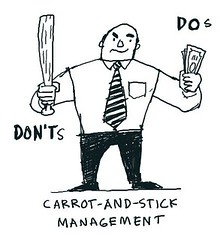
The idea here is to reward yourself for reaching certain goals and potentially punish yourself for not doing so. For example, if you make 5 sales call this week, then treat yourself out to dinner. If you don’t send out all the emails you were supposed to, then no beers for you next week.
Obviously you’ll need to be honest with yourself about whether you’re meeting or not meeting your goals and whether you actually follow through on the punishments or not. Depending on your personality, you may find that you respond better to rewards than to punishments.
Create Deadlines
For more important goals in your life, create a deadline for when you want to achieve it. Make sure you know when that deadline is, and and as stated above, create consequences for not reaching that deadline. Some people work better when they have clear targets with clear deadlines to hit. Without a deadline, you may find some tasks languishing forever.
Add Peer Pressure
If you find yourself not able to give yourself enough pressure to meet your productivity goals, then you can add pressure on yourself by making your goals public. Let your coworkers, employees, family or friends know what your goals are. You may find that this added pressure of not losing face to them is enough to boost your productivity.
Follow Up
At the end of the day, you can make all the lists and deadlines you want, but it won’t mean anything if you’re not following up on them. What tasks did you complete and which ones are still not done? Did you meet the goals you set for yourself? If not, did you follow through with the punishment you set for yourself?
As mentioned before, you’ll find yourself responding better to some aspects of the above than others, so experiment to see which techniques produce the best results for you, then implement them as a regular part of your routine.
Imagine how much more you could accomplish in life if you were able to increase your productivity by even 10% or 20% per day, then extrapolate that tothe rest of your working life!
 The NY Times has an interesting article about the iEconomy and how most app developers aren’t making any money selling iPhone apps.
The NY Times has an interesting article about the iEconomy and how most app developers aren’t making any money selling iPhone apps.
